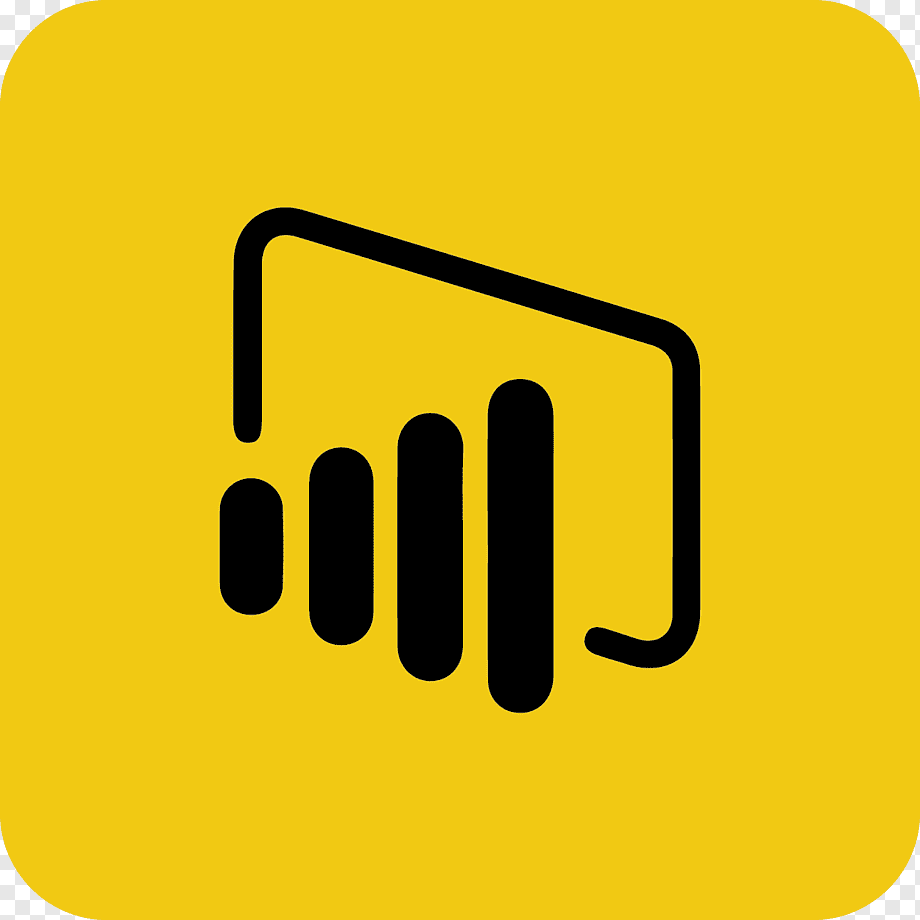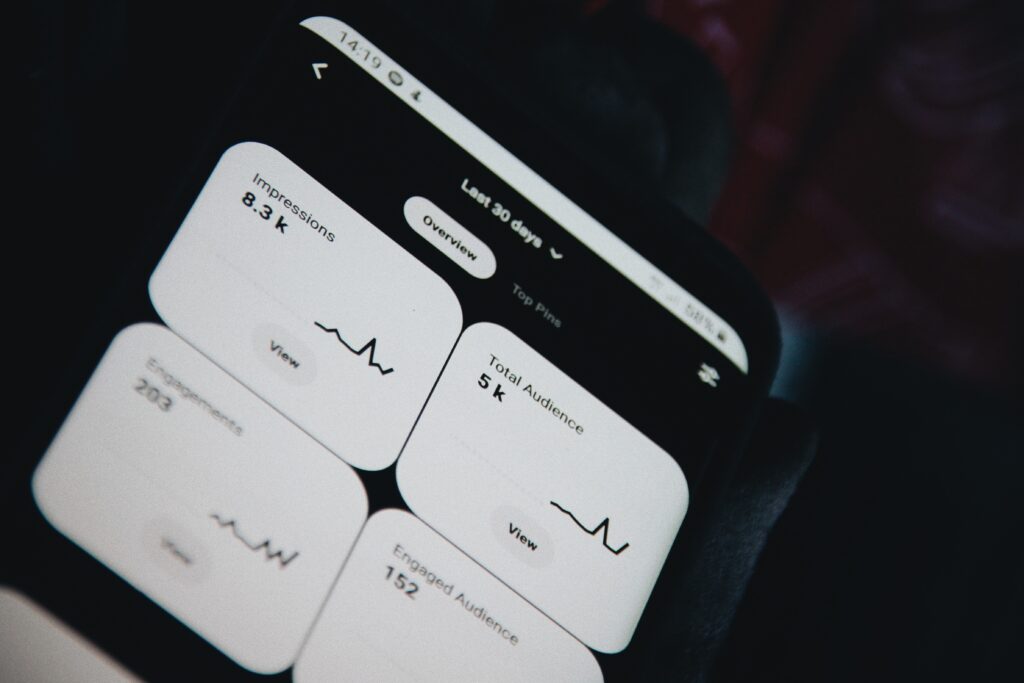In today’s data-driven world, making sense of complex datasets is crucial for businesses and decision-makers. Traditional static visualizations often fall short in effectively conveying insights and enabling interactive exploration. That’s where interactive data visualization comes into play. By leveraging interactivity, these visualizations empower users to explore data, uncover patterns, and gain valuable insights. In this article, we will delve into the world of interactive data visualization, exploring its benefits, techniques, and best practices.
Pain Points Addressed by Interactive Data Visualization
Interactive data visualization addresses several pain points and challenges that arise when dealing with complex datasets. Let’s explore some of the key pain points and how interactive data visualization helps overcome them:
Understanding Complex Data
Data is growing at an exponential rate, and understanding complex datasets can be challenging. Analysts often struggle to explore large volumes of data and identify meaningful patterns. Interactive data visualization addresses this pain point by providing dynamic tools and techniques that enable users to dig deeper, filter data, and uncover hidden insights.
Communicating Insights Effectively
Static visualizations can sometimes fail to convey the full story behind the data. Decision-makers need interactive visualizations to grasp the nuances and complexities of the data. Interactive data visualization allows for dynamic storytelling, enabling users to highlight key findings, drill down into specific data points, and communicate insights effectively.
Exploring Multiple Variables
In traditional visualizations, it can be difficult to explore multiple variables simultaneously. Interactive data visualization provides the ability to link and brush different variables, allowing users to understand the relationships between them. This helps in identifying correlations, outliers, and trends that may not be apparent in static visualizations.
Benefits: Unleashing the Power of Interactivity

Interactive data visualization offers a multitude of benefits that can overcome the limitations of static visualizations. Let’s explore some of the key advantages:
Enhanced Data Exploration
Interactive data visualization empowers users to interact directly with the data, enabling them to drill down into specific details, filter data based on criteria, and manipulate variables in real-time. This level of interactivity facilitates a deeper understanding of the data, allowing users to uncover valuable insights that may have otherwise remained hidden.
Improved Decision-Making
By providing a dynamic and interactive environment, interactive data visualization enables users to explore various scenarios and hypotheses. They can quickly test different parameters, observe the immediate visual feedback, and make data-driven decisions based on real-time insights. This iterative process accelerates the decision-making process and enhances its accuracy and effectiveness.
Storytelling with Data
One of the most powerful aspects of interactive data visualization is its ability to tell a compelling story with data. By incorporating interactive elements such as tooltips, animations, and annotations, data analysts can guide the audience through the data narrative, highlighting key findings and conveying complex insights in a visually engaging manner. This storytelling approach captivates the audience’s attention and enhances their understanding of the data.
User-Friendly Interface
Interactive data visualization tools prioritize user experience, providing intuitive interfaces that require minimal technical expertise. With user-friendly features such as drag-and-drop functionality, customizable dashboards, and easy-to-understand visual representations, users can effortlessly explore and interact with data, regardless of their level of technical proficiency.
Technologies for Making Data Visualization Interactive
Choosing the right technologies is essential to create impactful interactive data visualizations. Here are some key considerations:
Programming Languages and Libraries
Depending on your requirements, various programming languages and libraries can be utilized for interactive data visualization. Popular options include Python with libraries like Matplotlib, Seaborn, and Plotly; JavaScript with D3.js and Highcharts; and R with ggplot2 and Shiny.
Interactive Visualization Software
There are several interactive visualization software options available that provide user-friendly interfaces and drag-and-drop functionality. These tools allow users to create interactive visualizations without extensive coding knowledge. Some popular choices include Tableau, Power BI, and QlikView.
Data Preparation and Analysis Tools
To transform raw data into interactive visualizations, data preparation and analysis tools play a crucial role. Tools like Excel, Google Sheets, and Jupyter Notebook provide functionalities for data cleaning, aggregation, and transformation. Statistical analysis tools like SPSS and SAS can be used for in-depth analysis.
Deployment Options
Consider the deployment options for your interactive visualizations. Depending on your needs, you can choose to deploy them on web platforms, intranets, or as standalone applications. Web-based deployments offer the advantage of accessibility across devices and easy sharing.
Features Interactive Data Visualization Offers

To fully grasp the potential of interactive data visualization, let’s explore some of its key features and capabilities:
1. Dynamic Filtering and Sorting
Interactive data visualization allows users to dynamically filter and sort data based on specific criteria. By adjusting filters and sorting parameters, users can focus on the most relevant subsets of data, enabling more targeted analysis and exploration.
2. Hover and Click Interactions
Hover and click interactions provide immediate contextual information about data points. When hovering over a data element, users can view tooltips that display additional details, such as values, labels, or descriptions. Click interactions enable users to access drill-down views, uncovering deeper layers of information.
3. Zooming and Panning
Zooming and panning capabilities enable users to navigate large datasets with ease. By zooming in, users can focus on specific data regions and observe finer details. Panning allows users to explore different parts of the visualization, facilitating a comprehensive understanding of the entire dataset.
4. Linked Visualizations
Interactive data visualization often incorporates linked visualizations, where changes in one visualization are reflected in others. For example, selecting a specific data point in a scatter plot may highlight relevant data points in a parallel coordinates plot. Linked visualizations provide a holistic view of the data and facilitate cross-referencing and exploration across multiple dimensions.
5. Animations and Transitions
Animations and transitions can add a dynamic element to interactive data visualization. By animating changes in the data or visual representations, users can observe the evolution of data over time or track the effects of parameter adjustments. Animations enhance the storytelling aspect of data visualization, making it more engaging and memorable.
6. Customizable Dashboards
Interactive data visualization tools often offer customizable dashboards that allow users to create personalized views of their data. Users can arrange visualizations, add relevant widgets, and configure layouts according to their specific needs. This flexibility enables users to focus on the most important aspects of their data and design a dashboard that suits their analysis goals.
7. Collaboration and Sharing
Interactive data visualization promotes collaboration and knowledge sharing among team members. Users can share their interactive visualizations with colleagues, stakeholders, or clients, allowing them to explore the data together and gain valuable insights. Collaborative features such as annotation capabilities and real-time commenting facilitate discussions and foster a collaborative data analysis environment.
8. Integration with Data Sources
Interactive data visualization tools often integrate with various data sources, such as databases, spreadsheets, or cloud storage platforms. This seamless integration enables users to connect directly to their data, eliminating the need for manual data extraction and transformation. Real-time data updates ensure that visualizations reflect the latest information, empowering users to make informed decisions based on up-to-date data.
Real-World Examples of Interactive Visualization of Data

To truly grasp the impact and effectiveness of interactive data visualization, let’s delve into some real-world examples that demonstrate its capabilities and value across various industries and domains.
Financial Analysis and Stock Market Trends
Interactive data visualization plays a vital role in financial analysis and stock market trends. Traders and investors rely on interactive charts and graphs to monitor stock prices, analyze historical trends, and identify potential investment opportunities. By leveraging interactive features, such as zooming, panning, and filtering, users can drill down into specific time periods or zoom in on particular stock symbols for detailed analysis.
Real-time data updates enable traders to stay informed about market fluctuations and make informed decisions swiftly. Additionally, interactive visualization tools allow users to compare different stocks, track portfolio performance, and simulate trading strategies, facilitating comprehensive financial analysis.
Healthcare and Medical Research
In the field of healthcare and medical research, interactive data visualization helps professionals explore complex medical data, identify patterns, and gain valuable insights. For example, interactive visualizations can be used to analyze patient data, track disease outbreaks, and monitor the effectiveness of treatments. By interacting with visualizations, healthcare practitioners can observe trends, spot anomalies, and make data-driven decisions to improve patient care.
Researchers can also leverage interactive visualizations to explore genomic data, conduct clinical trials, and visualize the results of experiments. Interactive data visualization in healthcare enables efficient data analysis, supports evidence-based decision-making, and facilitates advancements in medical research.
Marketing and Consumer Analytics
Interactive data visualization is a powerful tool for marketers and analysts to understand consumer behavior, track marketing campaigns, and optimize strategies. Marketers can use interactive visualizations to analyze customer demographics, segment audiences, and track the performance of marketing channels.
By exploring data interactively, marketers can uncover actionable insights, identify customer preferences, and tailor marketing initiatives accordingly. Moreover, interactive data visualization allows marketers to track website analytics, analyze customer journeys, and optimize conversion funnels. The ability to visualize and interact with marketing data in real-time enables marketers to make data-driven decisions, optimize marketing efforts, and drive business growth.
Environmental Monitoring and Sustainability
Interactive data visualization is instrumental in environmental monitoring and sustainability efforts. By visualizing environmental data, such as air quality measurements, temperature trends, or energy consumption patterns, stakeholders can gain a comprehensive understanding of the current state and potential impacts on the environment. Interactive visualizations enable users to explore spatial and temporal data, detect trends, and identify areas that require attention or intervention.
With interactive features, users can zoom in on specific regions, filter data based on parameters, and compare data from different time periods. These capabilities empower decision-makers to implement sustainable practices, allocate resources efficiently, and track the effectiveness of environmental initiatives.
Education and e-Learning
Interactive data visualization has become an essential component of education and e-learning platforms. It enhances the learning experience by allowing students to interact with data, explore concepts visually, and gain a deeper understanding of complex subjects. Interactive visualizations can illustrate scientific phenomena, demonstrate mathematical principles, or present historical trends in an engaging and interactive manner.
By interacting with visualizations, students can experiment with variables, observe cause-and-effect relationships, and discover patterns independently. This hands-on approach to learning fosters active engagement, promotes critical thinking, and enhances knowledge retention.
Conclusion
Interactive data visualization has revolutionized the way we explore and understand complex datasets. By choosing the right tools and technologies, organizations can create engaging and impactful interactive data visualizations that drive meaningful insights and foster better decision-making.
Are you ready to harness the power of interactive data representation? Experience the interactivity firsthand by visiting AI Data House and exploring our interactive data solutions.
Remember, data visualization is not just about presenting information; it’s about creating engaging insights that drive action and understanding. Embrace the world of interactive data visualization and embark on a journey of exploration and discovery.
Happy visualizing!










